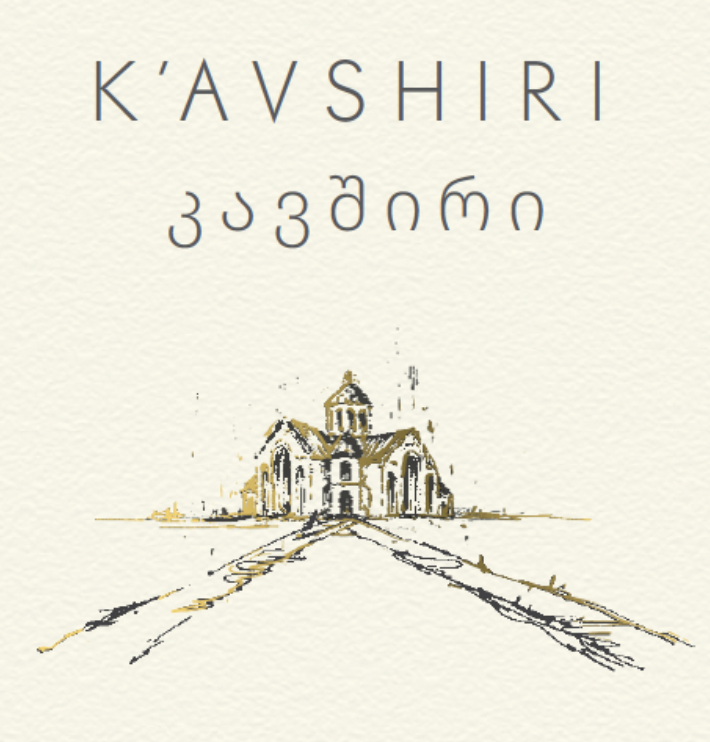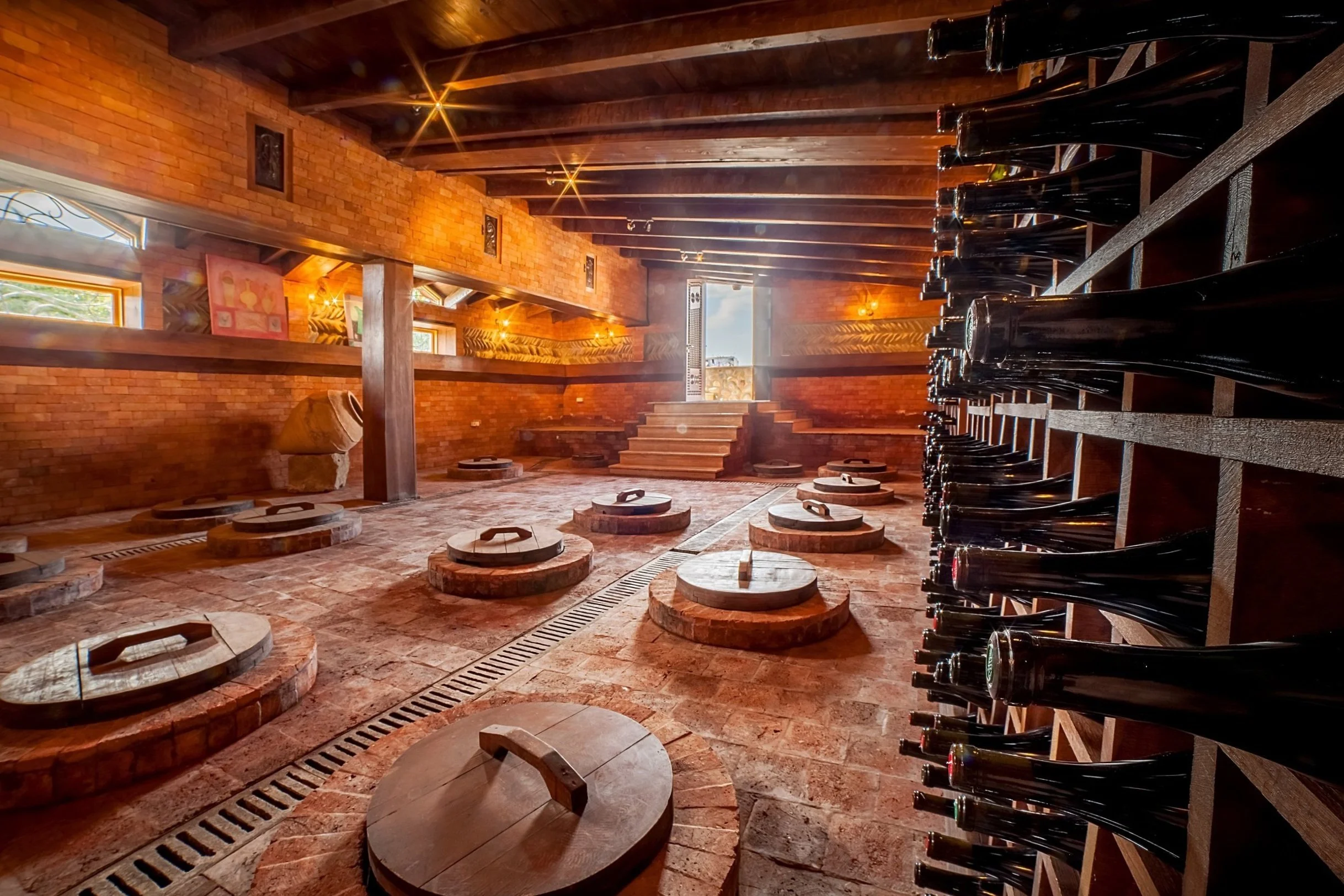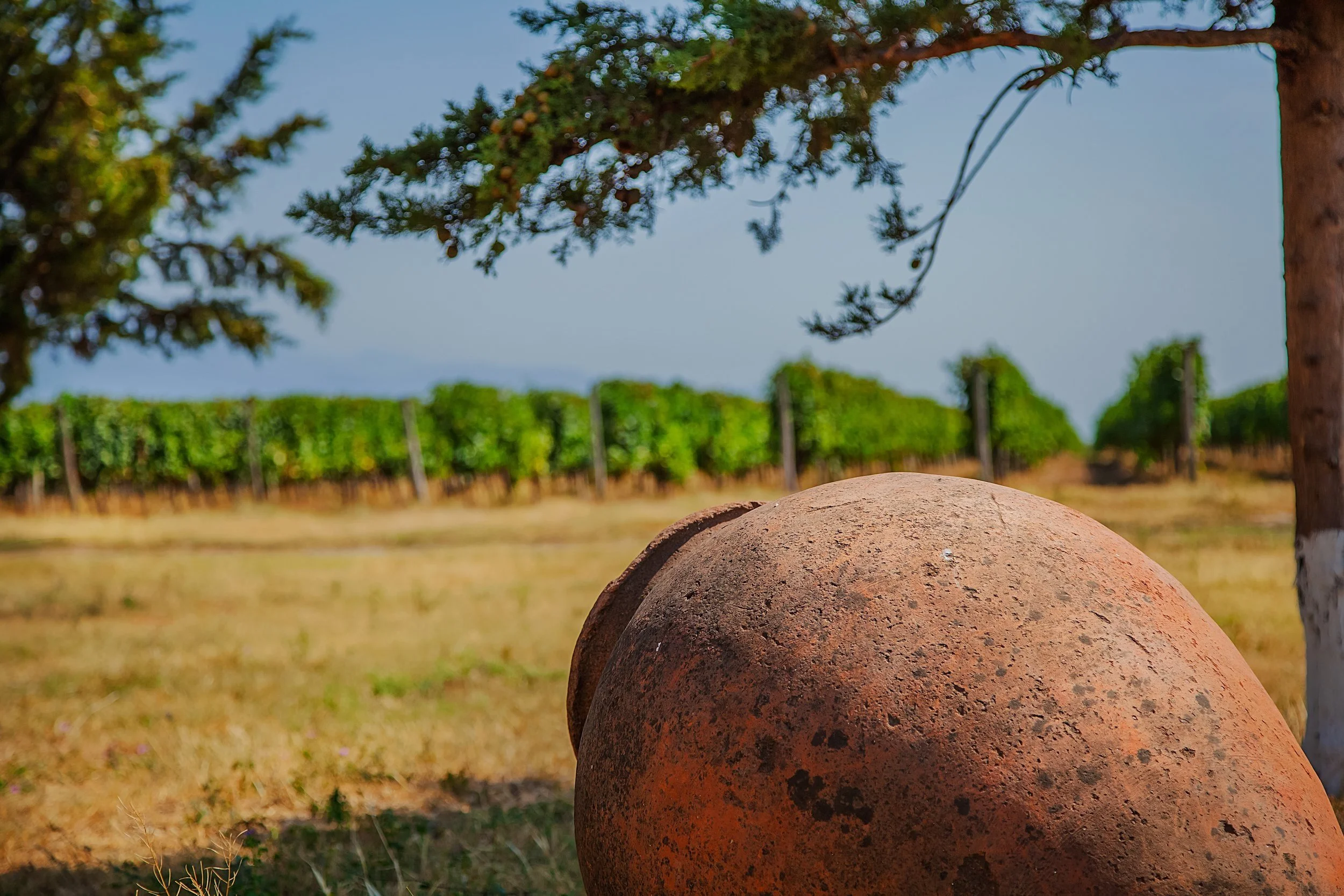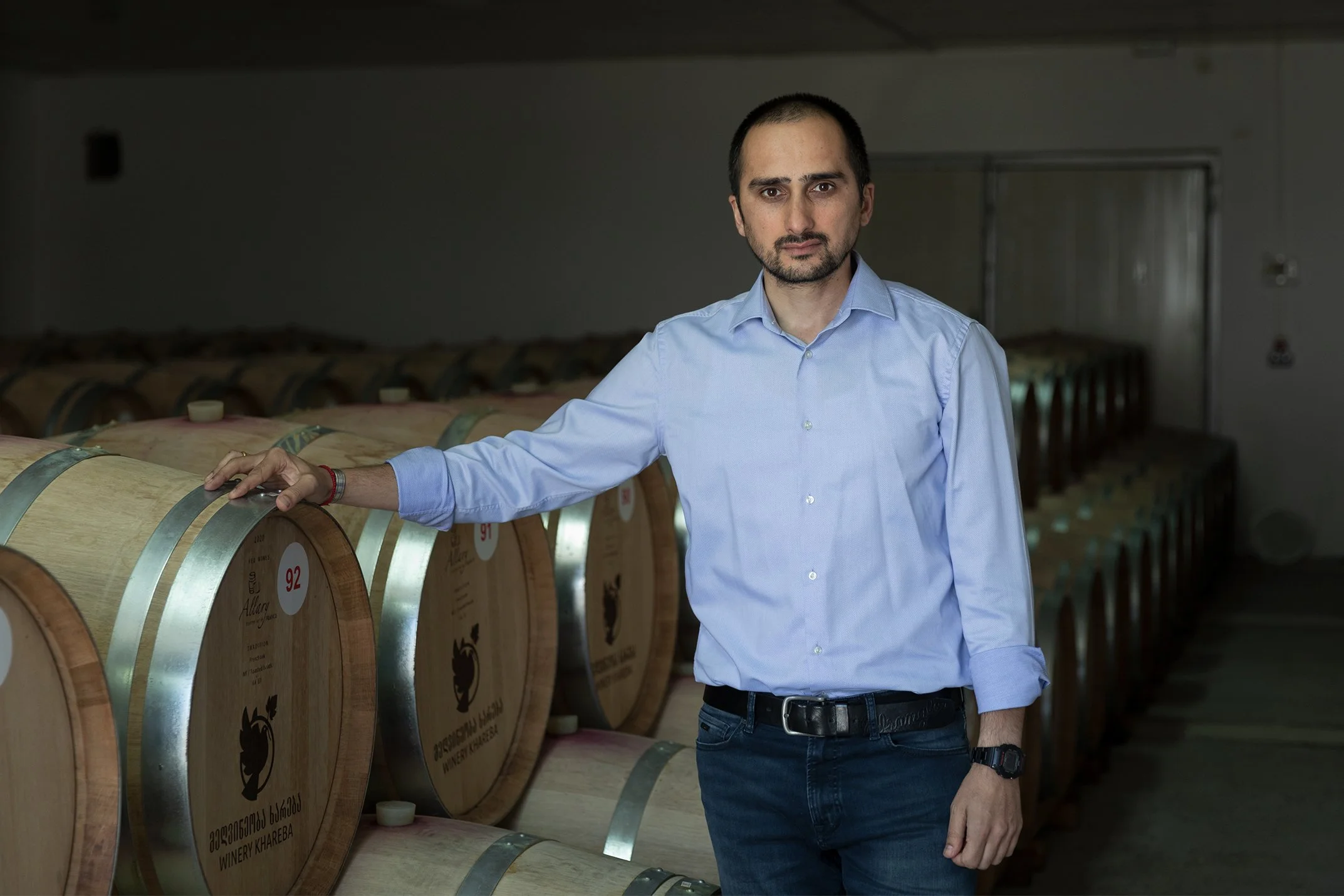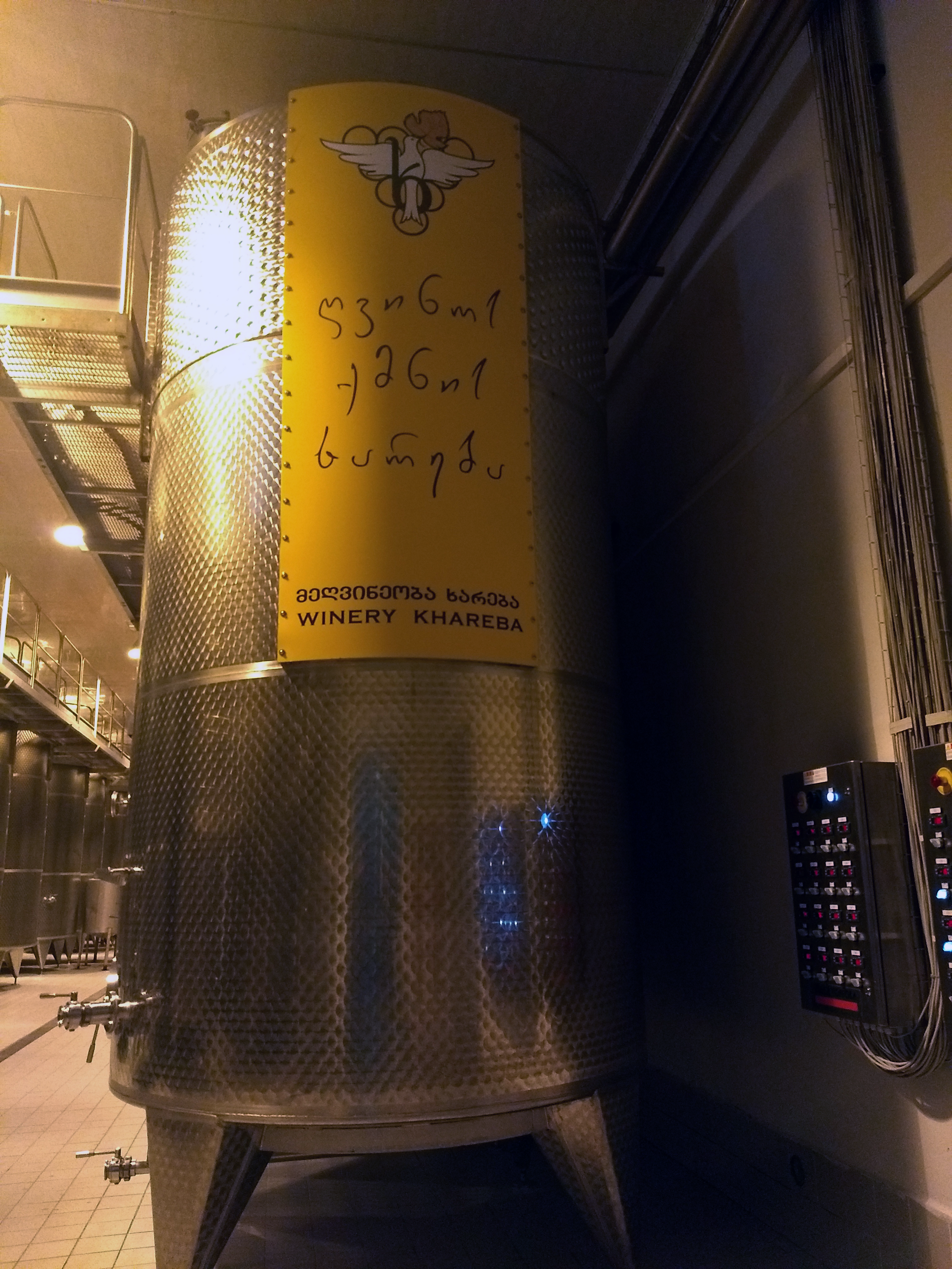Qvevri, Oak, Stainless Steel
Winemaking
All of the grapes for K’AVSHIRI are picked by hand before being transported to the wineries in Kakheti and Imereti.
What happens next, varies.
Qvevris - amphora pots buried in the ground - are a unique feature of Georgian winemaking.
This traditional technique of fermenting white wine on the skins has fascinated many winemakers and a growing number of wine drinkers across the world and helped to spark the creation of the new orange or amber wine category,
While orange wine fans love the impact this skin contact can have, others are less enthusiastic about the tannic character of some examples.
We loved the complexity this brought to the wine and, we believed, a recognisable Georgian character that goes beyond the flavour and styles of the indigenous varieties.
Another component was oak, in the shape of 10% of the blend that was one year old Rkatsiteli and Krakhuna matured in second-use French oak barrels. We tried omitting it and we tried smaller and larger components, but kept coming back to this recipe.
The remainder was fermented and matured in stainless steel.
When blending K’AVSHIRI, we decided to use qvevri wines as a component, and to include five different varieties: Krakhuna, Kisi, Khikhvi, Mtsvane and Rkatsiteli. Together they represent 11.6% of the blend, with Krakhuna making up nearly half.
The flavour and style of any qvevri wine depends on the period the wine remains on the skins - the longer, the more tannic - and the grape variety used. Some varieties seem to favour qvevri-winemaking more than others.
For K’AVSHIRI, most grapes spent three months on the skins with the Rkatsiteli benefitting from six months
